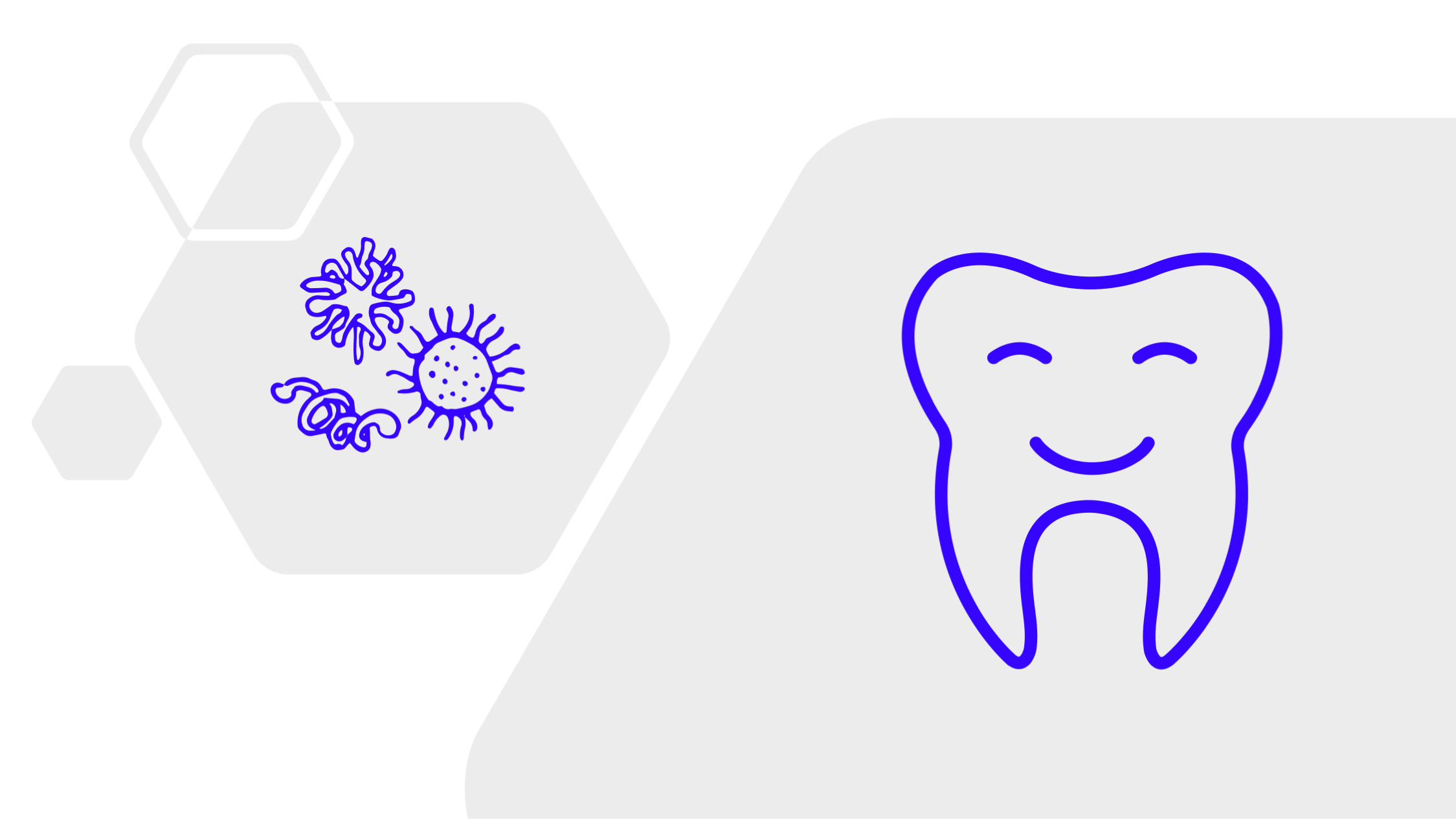The advent of next-generation sequencing has revealed the ubiquity of the human microbiome: the communities of microbial organisms that live in or on our bodies. These communities are closely entwinned in our biological processes and therefore can play important roles in both healthy functioning and dysbiosis. Human microbiomes are highly influenced by the environment, and in contexts where microbes influence health outcomes, the microbiome may serve as a mediator between environmental exposures and human disease. But the sensitivity of the human microbiome to changes in host physiology may also allow the microbiome to be used as a sentinel biomarker for disease even in contexts where microbes themselves are not acting as causal agents.
Oral microbes have long been understood to play a causal role in the development of dental decay, through the production of acid which erodes the enamel of the tooth surface. But although this story seems simple, the underlying ecology of the oral microbial community is complex. I use different data mining and dimension reduction techniques to summarize the oral microbial community and identify key players in the etiology of dental decay. By combining microbial data with human genetic data, sociodemographic questionairres, and information on modifiable exposures like diet, I’m working to understand the oral microbial community as a marker and mediator of dental decay.
